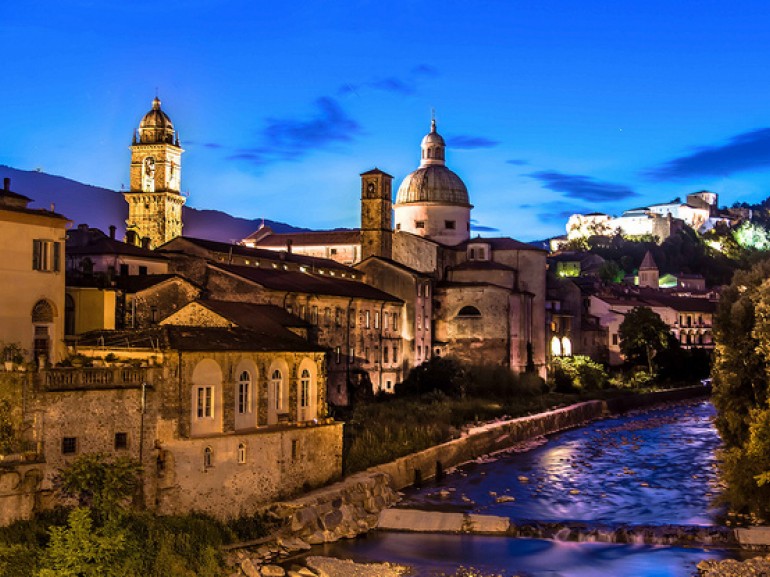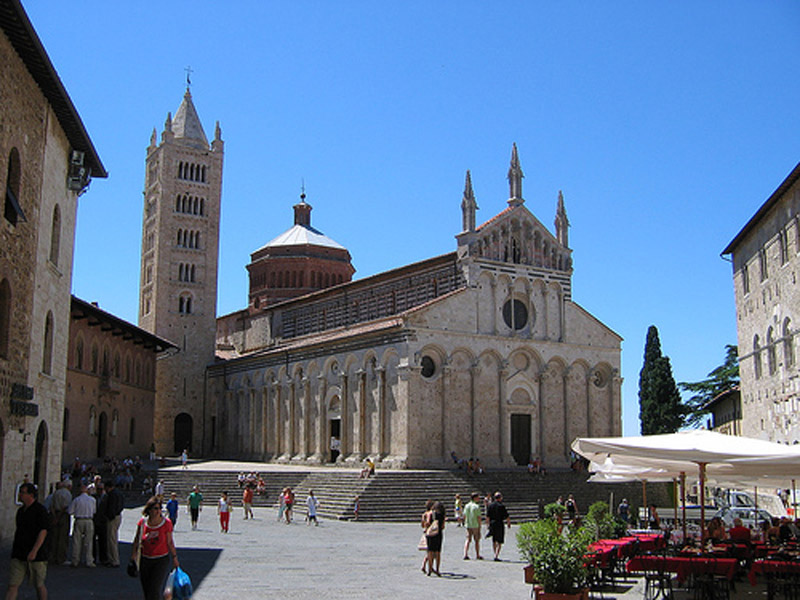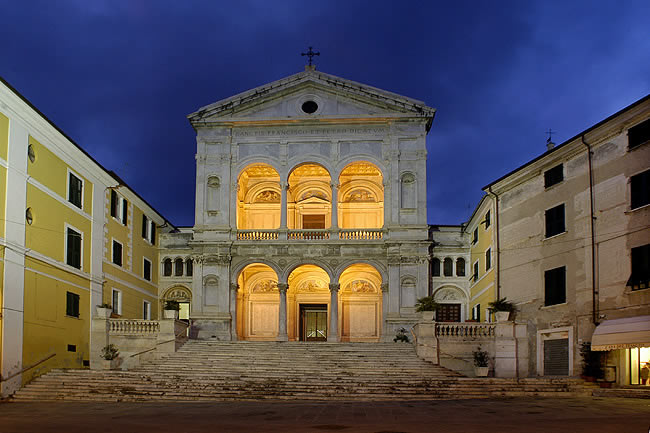Massa Carrara

The province of Massa Carrara was created in December 1859 with 40 municipalities previously belonging to the Estense Lunigiana, the Parma Lunigiana and the Garfagnana (the latter, after having tried to be part of itself, was aggregated to the province in 1860).
In 1923 the municipalities of Camporgiano, Careggine, Castelnuovo Garfagnana, Fabbriche di Vallico, Fosciandora, Gallicano, Giuncugnano, Minucciano, Molazzana, Piazza al Serchio, Pieve Fosciana, San Romano in Garfagnana, Sillano, Vagli Sotto, Vergemoli and Villa were detached from the province Basilica, which became part of the province of Lucca, and the municipalities of Rocchetta di Vara and Calice al Cornoviglio, which were incorporated into the province of La Spezia.

Just as the physical characteristics of the province are different, so are the historical events that characterized this territory for long periods. The name of Lunigiana derives from the Roman colony of Luni and is mentioned for the first time in the 12th century: in the past, however, it meant a much larger territory than the present, since the historic Lunigiana included, in addition to the entire basin of the Magra river, also that of the Vara and the high Val di Serchio.
Ancient inhabitants of Lunigiana were the Apuan Ligurians, who developed their own civilization (the numerous statues-steles found on site are eloquent testimony), to which the Etruscans contributed with secondary influences until they were eradicated by the Romans: in 167 BC. these, on the territory of the vanquished, near the mouths of the Magra, founded Luni. The colony expanded rapidly and, as evidenced by some documents such as the Tabula Peutingeriana, became an important center of trade and transit.

Under the Lombards the region was part of the Duchy of Lucca, to which it remained united even in the Carolingian period. To combat the Saracen raids in the 10th century, the Comitatus Lunense was established, owned by the Obertenghi. Divided into the four branches of the Estensi, the Malaspina, the Pelavicino and the Massa-Corsica, during the eleventh century these lost many of their prerogatives and jurisdictions to the advantage of the church of Luni, and in 1185 Frederick I recognized the investiture of the bishop of the committee. In fact, however, the episcopal powers never reached the internal Lunigiana, because the Malaspina had retired there, with whom they clashed for a long time, without lasting advantages either for one or the other contender.
When, at the end of the 13th century, ecclesiastical sovereignty over the region was exhausted, the Malaspinas were too weak to reconstitute the political unity of the territory under their own banner and the aims of different external forces were pinned on it.

Thus in the following two centuries there was a more or less ephemeral succession of dominions by the Lucca, Pisan, Genoese, Florentine, Parma and Milanese; only the marquisate (later duchy) of Massa and Carrara survived as an autonomous state under the Malaspina and their descendants.
The outlines of the painting were fixed, even in their fragmentation, during the seventeenth century: while the duchy of Massa and Carrara was in the hands of the Cybo-Malaspina, Aulla was under the lordship of the Genoese patricians Centurione, Montignoso was a domain of Lucca, Fosdinovo, Licciana, Mulazzo, Podenzana and Villafranca were small fiefdoms in the hands of cadet branches of the
Malaspina, Fivizzano con Bagnone, Comano, Filattiera, Pontremoli and Zeri belonged to the Grand Duchy of Tuscany and Tresana was owned by the Florentine Corsini family since 1660, naturally obedient to the policy of the Grand Duchy.

Under Napoleonic rule, Lunigiana underwent new subdivisions and still others were decided by the Congress of Vienna, so that before the annexation to the kingdom of Italy Massa and Carrara, Aulla, Casola, Comano, Filattiera, Fivizzano, Fosdinovo, Licciana, Montignoso, Mulazzo , Podenzana and Tresana belonged to the Este family of Modena, while Zeri, Pontremoli and Bagnone were included in the domains of Parma. The union with the kingdom of Sardinia was sanctioned by two plebiscites, the first of July 12, 1859 and the second, definitive, of March 11-12, 1860, in which the province of Massa to which, in addition to Lunigiana, also Garfagnana was part , voted en masse in favor of the annexation to the reign of Vittorio Emanuele II.
The union with the Kingdom of Italy had solicited many hopes, but these were largely disappointed: in the major centers strong protestatory ferments began to develop and anarchism had great development at the end of the nineteenth century and in the first decades of the twentieth century.

In December 1938 the province of Massa and Carrara changed its name, by decree-law, to "provmcia di Apuania", to return to its original name in 1946. The province's contribution to the liberation struggle was great. Battered by the Nazi-Fascist troops commanded by Walter Reder, who in the massacres of San Terenzo, Bardine, Vinca, Bergiola and the Fosse del Frigido slaughtered 648 innocent victims, perhaps in no area like this did the population prove compact in the fight against the invaders.
The "province of Apuania" counted 5,000 fighting partisans and 629 fallen and the municipalities of Aulla, Fivizzano, Casola, Fosdinovo, Villafranca, Zeri and Carrara had 40 to 95% of the houses destroyed. For his resistance to Nazi-Fascism, the Province Banner was awarded the gold medal for military valor.
Video: Massa Carrara
Map: Massa Carrara
Address: Piazza Aranci, Massa
(MS) Toscana
Latitude: 44.0793245
Longitude: 10.097677
Site: http://portale.provincia.ms.it...
vCard created by: BBCC
Currently owned by: BBCC
Type: Province
Function: Public place
Creation date:
Last update: 17/08/2021